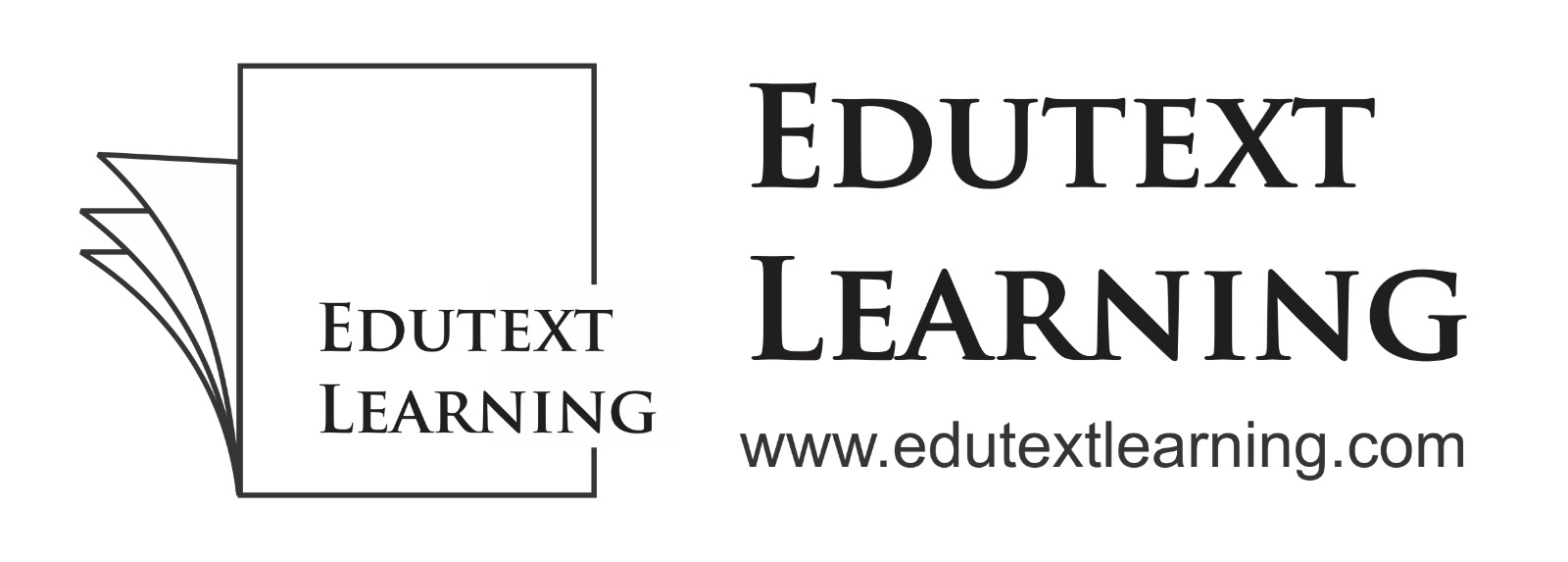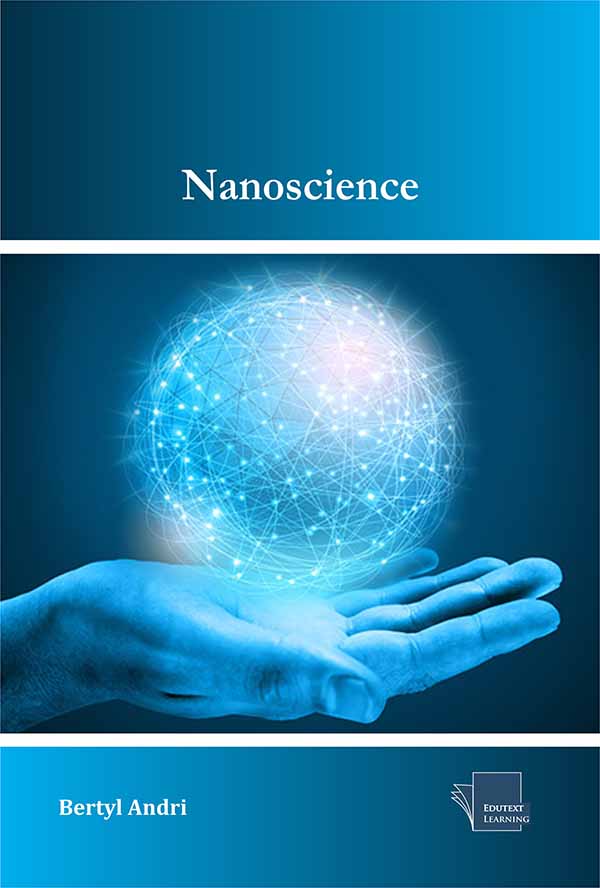The book will be an exhilarating read for advanced undergraduate and graduate-level students, general readers interested in nanoscience, and researchers in chemistry, biology, and engineering. Nanoscience asks key questions about the quantitative concepts that underlie this new field. This up-to-date reference is the most comprehensive summary of the field of nanoscience. It emphasizes the vast strides made in the field over the past decade the chapters focus on new, promising directions as well as emerging theoretical and experimental methods. The contents incorporate experimental data and graphs where appropriate, as well as supporting tables and figures with a tutorial approach.
Nanoscience is the study of things that are as small as molecules. Small things act very differently from large ones. For example, a gold nanowire is twenty times stronger than a large bar of gold. Electrons move differently through nanowires than through regular wires. We still have a lot to learn about the fundamental properties of nanoscale structures. Although the field of nanotechnology is fairly new, one might say that nanotechnology has been around for a while. The zinc oxide nanoparticles in that white stuff that people put on their noses for sunscreen could be considered a nanotechnology. In my lab, we do both nanoscience and nanotechnology. We work on designing and making the building blocks of nanotechnology. This book is fed with the information of this subject. It covers organic, inorganic, and hybrid materials and is an interdisciplinary book. This book will be very useful for a wide range of interested groups. It covers organic, inorganic, and hybrid materials and is an interdisciplinary book.



















